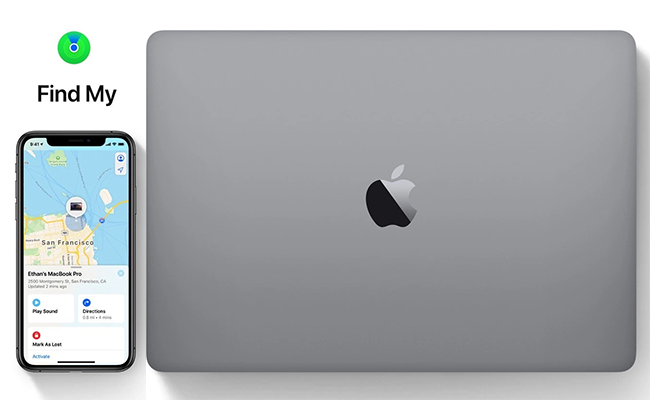
Apple’s NEW Find My App – How it Works [Video]
Video uploaded by iDeviceHelp on July 28, 2019
Contents
- 1 Apple’s NEW Find My App – How it Works [Video]
- 2 What Stands Behind the Find My Feature
- 3 Step One – Find My Feature Generates a Unique Private Key
- 4 Step Two – Find My Feature Generates a Public Key
- 5 Step Three – Find My Feature Sends a Distress Signal
- 6 Step Four – Find My Feature Sends the Location and a Hash
- 7 Links
What Stands Behind the Find My Feature
The website wired.com revealed how the new Find My feature will work on your Apple devices. At the WWDC 2019 keynote, Apple executive Craig Federighi stated that Find My Feature works even offline, when cellular and Wi-Fi networks are turned off. However, he didn’t mention the third wireless technology that stands behind the new feature – Bluetooth.
Bluetooth is used mostly to hook up various peripherals to computers or phones, but it can also connect phones and computers with each other, as well. This Bluetooth feature has always been neglected in western countries, but in Asia, it’s been widely used. For example, Japanese mobiles could send each other their numbers before NFC arrived. There are even Bluetooth-powered messengers like Berkanan or Air Chat, that exploit Bluetooth devices’ capability of forming a one-level network, called a piconet.
Apple just adopted this underestimated technology and upgraded it with a flare. Warning! You must have at least TWO Apple devices for the new Find My to work!
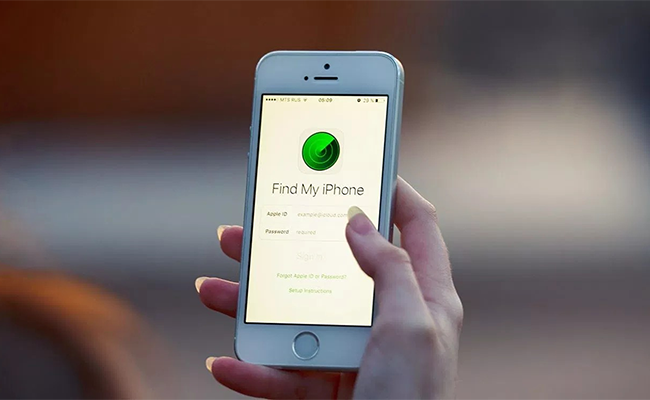
Step One – Find My Feature Generates a Unique Private Key
You set up Find My on your Apple devices for the first time. The moment you do it, the app generates a unique private key that’s shared on all your devices via end-to-end encrypted communication, so that only your gadgets possess the key. It’s like a twin kids’ secret language.
Step Two – Find My Feature Generates a Public Key
Yet, “twins” have to communicate with the outer world, so each device generates a public key, too. What is this key? It’s a string of encrypted data your iPhone, MacBook, or iPad broadcasts like a “beacon.” It cannot be decrypted, even when intercepted by hackers, because they’ll need another device of yours to do that, which they don’t have. Moreover, the public key rotates with a certain frequency and the data string changes completely every time. Apple didn’t reveal how often the rotation takes place, but we guess it’s pretty often. Thus, Apple claims that scammers or criminals won’t be able to spot your location because they won’t recognize the signal after a change. This constantly changing public key is a lifeline that will allow you to save your lost or stolen gadget.
Step Three – Find My Feature Sends a Distress Signal
A stolen device, such as an iPhone or MacBook, will continue sending its signal everywhere. Bluetooth range varies from 1m (3.3ft) to 100m (330ft), depending on the power of the transmitter. Apple assumes you can easily find other Apple device owners within this range. Their iPhone, iPad, or MacBook will pick up the signal, check its own location, and encrypt that location data using the public key it picked up. It’s like finding a note with the words, “Please help me, I’m someone’s iPhone and I’m stolen; I’m in the place marked with X.”

Step Four – Find My Feature Sends the Location and a Hash
Electronic devices can’t walk to the cops, but they can send Apple’s server the encrypted location and a hash of the stolen iPhone. Are you with me? You remember that the public key often rotates to hide your identity and location, don’t you? Thus neither helpers nor Apple will know the details. They’ll deal with a string of symbols. This is the moment you enter the game. When you know your device is lost, you take another iPhone or iPad, or open your Mac and tap an icon Find My Device. Immediately, your private key is sent to Apple as an identifier, so the company’s servers can compare it with the public key and spot the “victim.”
Well, well, well… how about all that end-to-end encryption, you may ask? How will Apple locate my gadget when it assures us it’s impossible to do that? The Wired.com website couldn’t answer this question either. Obviously, Apple keeps some crucial details a secret. Nevertheless, Matthew Green, a cryptographer at Johns Hopkins University, is very optimistic about this new technology. He calls it impressive, and confesses he’s never seen anything like it before.
We don’t want to argue with the expert—but what will prevent thieves from disabling Bluetooth, as well?
Links
- Apple’s New ‘Find My’ App for macOS and iOS Can Find Your Devices Even When They’re Offline – MacRumors
- How Can You Trade a Pre-owned iPhone Online – iGotOffer
- Everything About Apple’s Products – The complete guide to all Apple consumer electronic products, including technical specifications, identifiers and other valuable information.

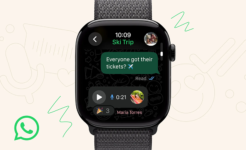
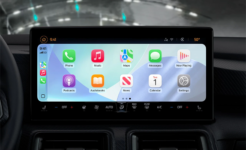

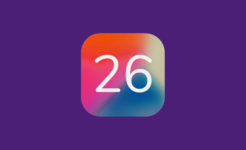

Facebook
Twitter
RSS